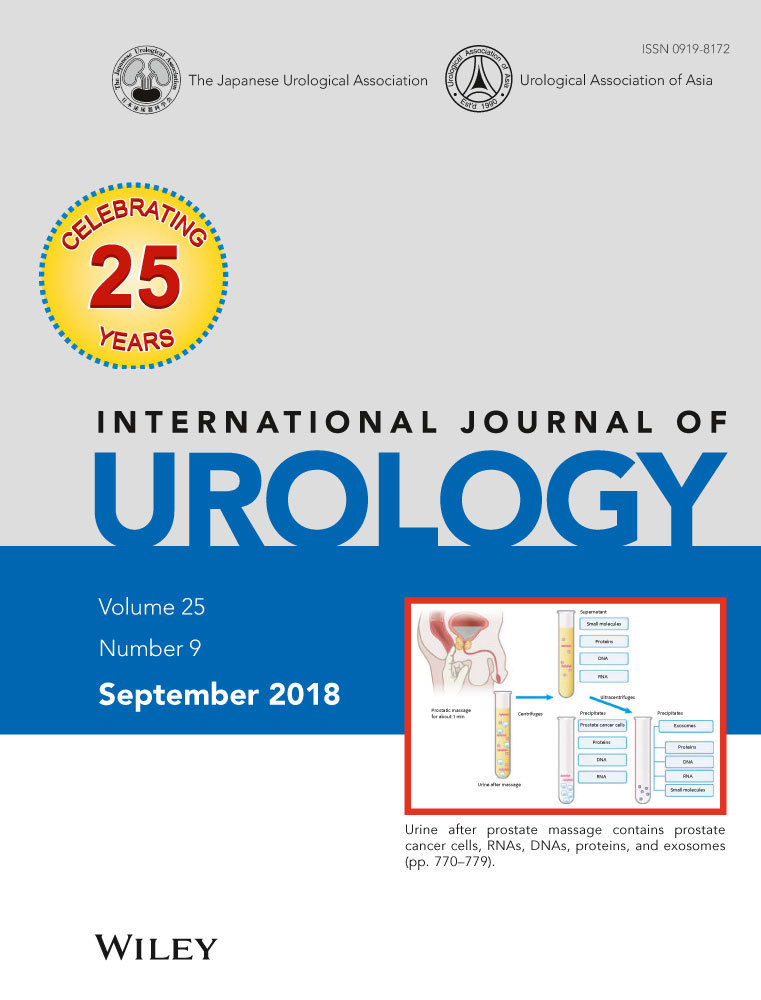Role of increasing leukocyturia for detecting the transition from asymptomatic bacteriuria to symptomatic infection in women with recurrent urinary tract infections: A new tool for improving antibiotic stewardship
Abstract
Objectives
To evaluate the importance of leukocyturia in detecting the transition from asymptomatic bacteriuria to symptomatic infection in women with recurrent urinary tract infections.
Methods
In this cross-sectional study, we evaluated all women with recurrent urinary tract infection and asymptomatic bacteriuria who had been enrolled in two previous studies. Data from urological visits, urine analyses and microbiological evaluations were collected. Patients were divided into two groups: patients with symptomatic recurrence (group A) and patients without recurrence (group B), with a mean follow-up period of 38.8 months. Data on leukocyturia and clinical data were compared. Logistic regression analyses were carried out and areas under the receiver operating characteristic curves were calculated.
Results
A total of 301 women with symptomatic urinary tract infection were included in group A, whereas 249 women without clinical infection were included in group B. Group A showed a higher level of leukocytes in the urinary analysis taken at the moment of recurrence when compared with the baseline value (mean leukocytes per high power field 54 ± 5 vs 19 ± 6 at baseline; P < 0.0001). When an increase of leukocytes/mm3 of >150% from baseline was used for logistic regression, the area under the receiver operating characteristic of the model was 0.82 (95% CI 0.78–0.94; P = 0.01). An increase of leukocytes/mm3 of >150% from baseline had a sensitivity of 90.1% and a specificity of 91.2% for symptomatic urinary tract infection.
Conclusions
This study shows that an increase of leukocyturia of >150% from baseline has a predictive role for the transition from asymptomatic bacteriuria to symptomatic urinary tract infection in women with recurrent urinary tract infections.




